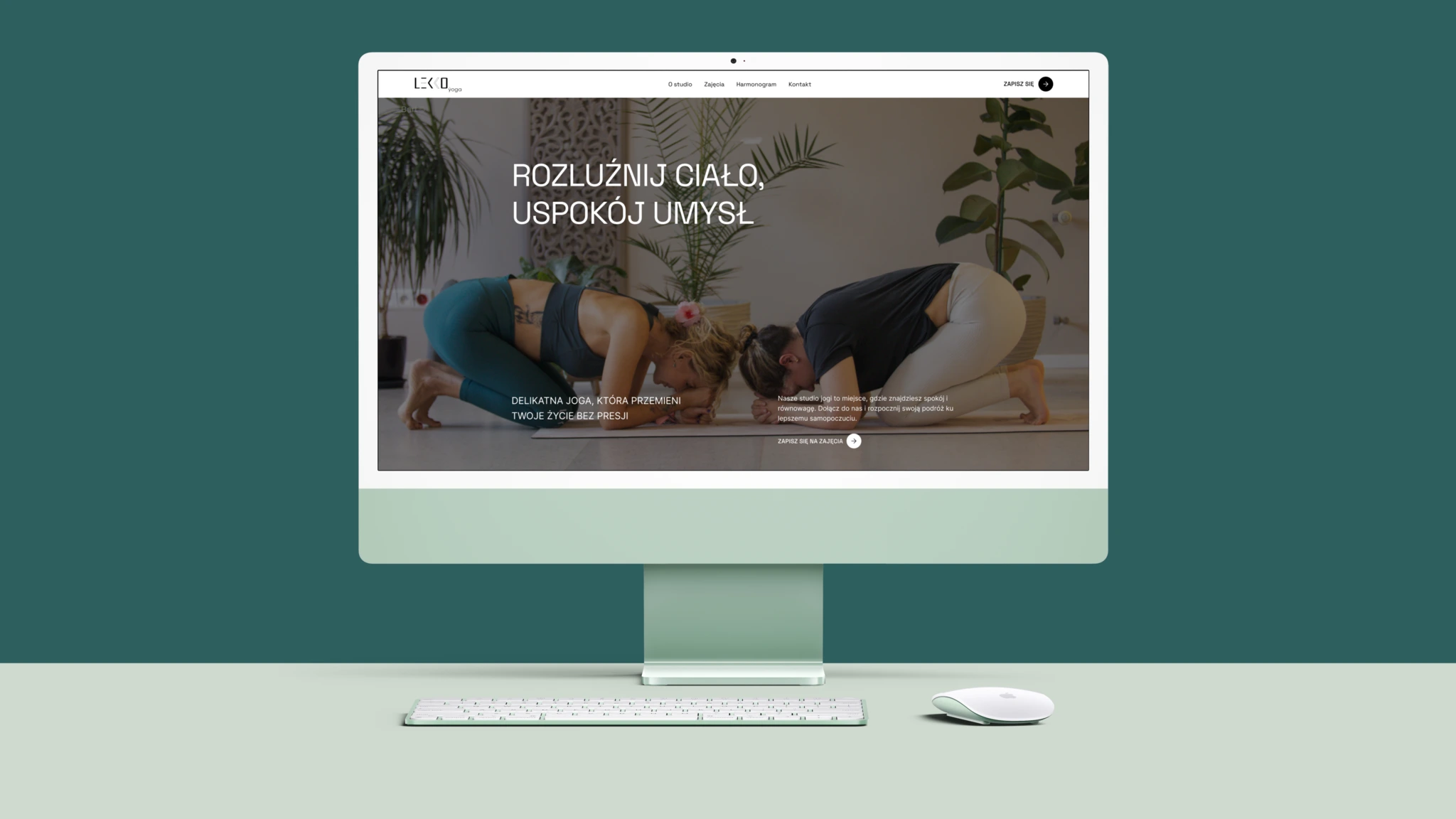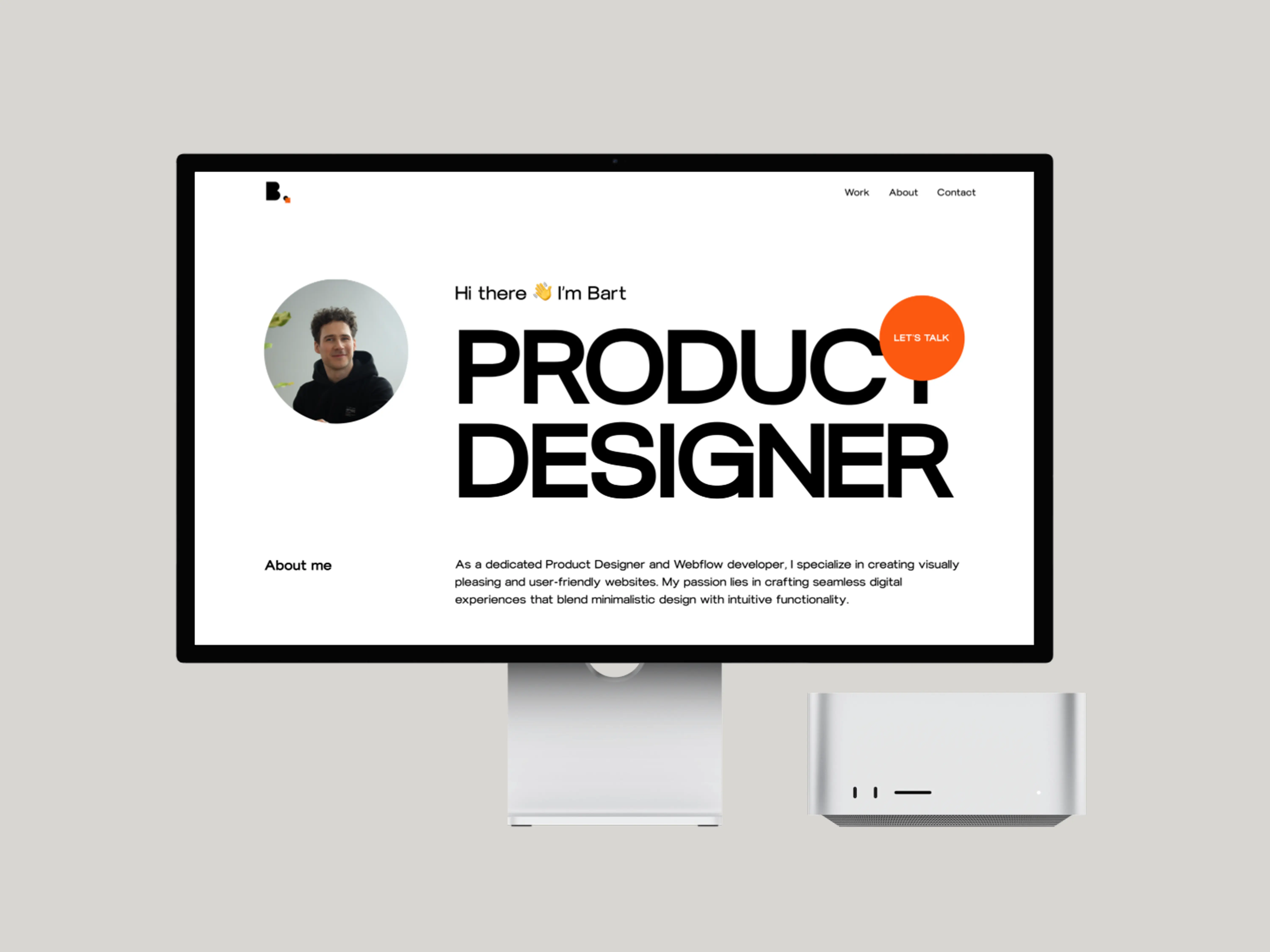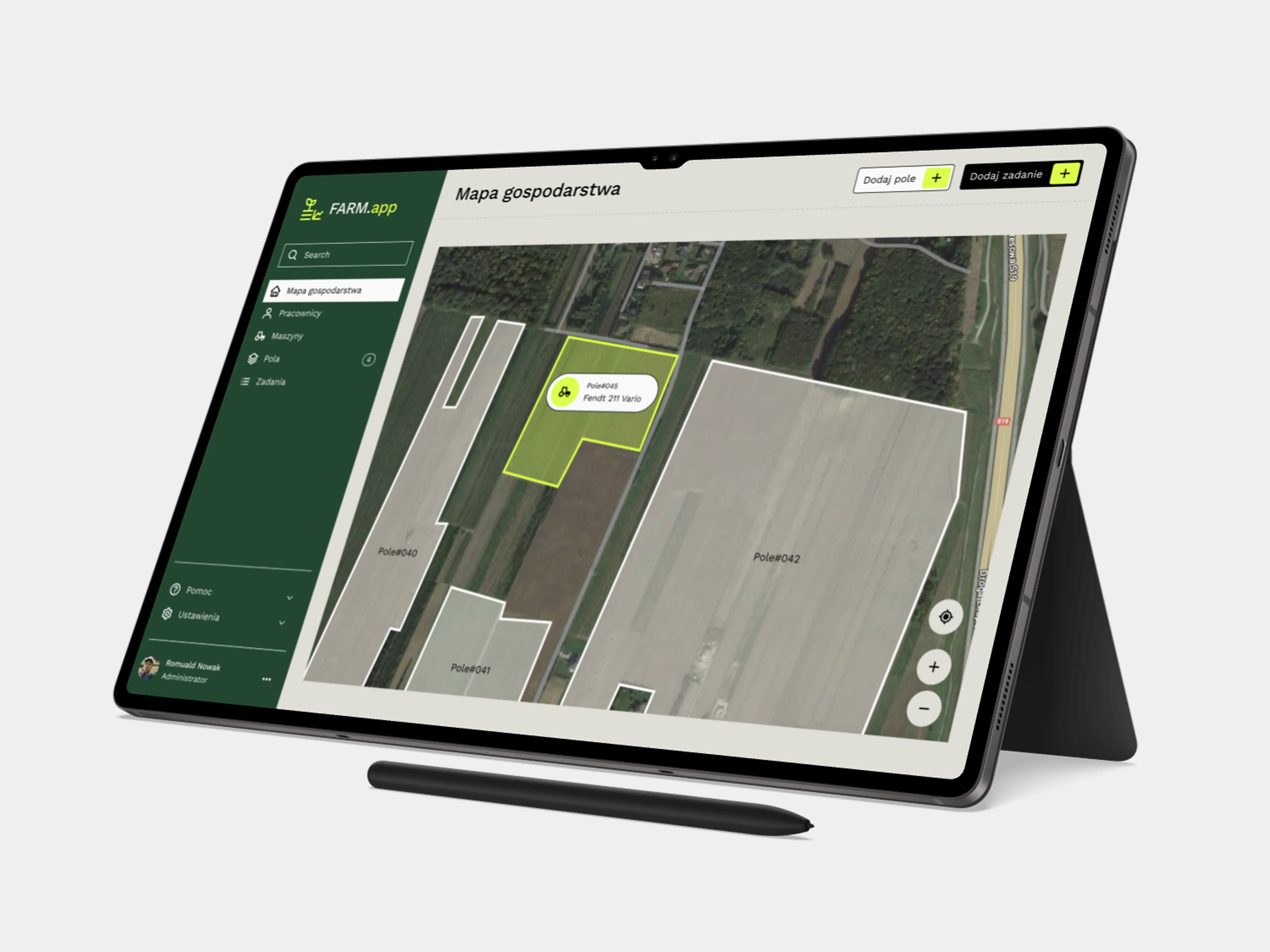Crafta
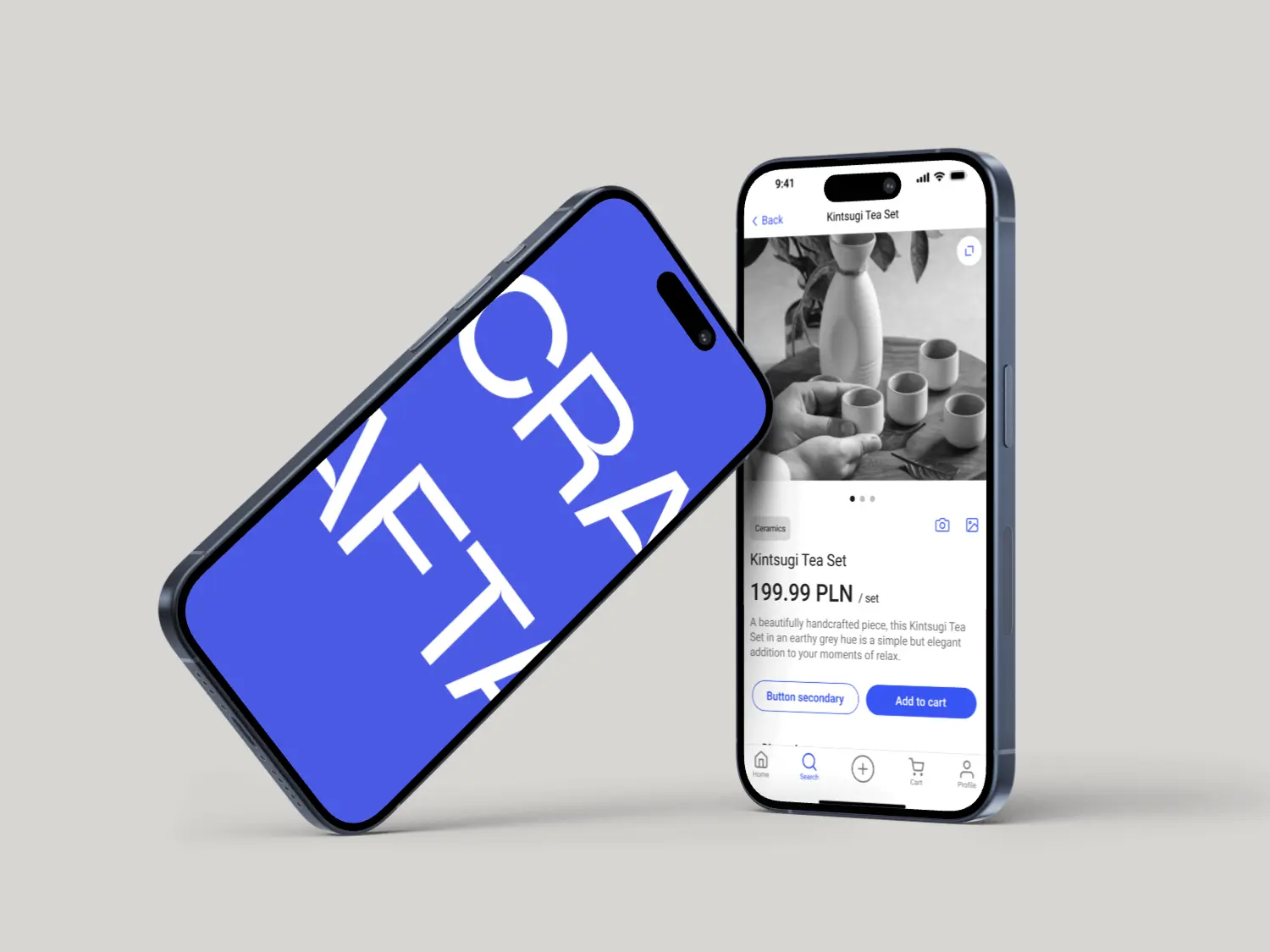
🎤 Introduction
CRAFTA is a mobile application designed for supporting analog arts & crafts with digital solutions and user-centered design. Created by me along with 3 other students during our Product Design studies at SWPS University in Warsaw.
In this case study I would like to walk You through the whole process of discovery, definition, development and delivering the prototype of CRAFTA mobile application.
🧙🏼♂️ My role
While working alongside three other students—Kasia, Natalia, and Jadwiga—I took on the role of the "path setter," as I was the only one in our group with prior experience in developing digital solutions.
🧩 Problem
The aim of our studies was to create a highly-functional solution that meets the needs of a particular group of people and solves their real, meaningful and important problems.
We all came from different academic and professional backgrounds, we were based in different countries. We even prefer to have our morning coffee differently. Amid all these contrasts, we discovered two unexpectedly strong commonalities that unite us: our shared post-graduate studies and our love for crafts.

⛳️ Goal
After this discovery we came to the conclusion that art and craft creation is a sort of safe space in a hectic and profit-driven world. So we quickly decided that our project will aim to help artists & craft makers* to network, develop and feel better. In order to build relationships, learn from each other and improve general wellbeing.
*By artists & craft makers I meant people who do or want to do arts and crafts professionally and/or as a hobby.
📐 Design process
Our design process was divided into 5 main steps - research, define, model, prototype and testing. In this case study I would like to show only the main actions and results of every step.
Research stage
Research objectives
1st of all we wanted to understand what are the needs and challenges of artists & craft makers. How their business or hobby influences their wellbeing.
2nd of all we wanted to learn how artists & craft makers are developing. In what ways and circumstances do they seek to develop their skills, knowledge and career.
3rd of all we wanted to learn how artists & craft makers are networking. Why and how do they network. What are their needs and challenges in the area of networking.
4th of all we aimed to identify the online and offline platforms that artists and craft makers are currently using and determine if there are any gaps that need to be addressed.
Research methodology
We prepared ca. 50 interview questions and conducted 20 in-depth interviews. Each interview was conducted by one interviewer and two helpers - observer and note-taker. Interviewers were recruited according to the screener with traits and quotas.
We carried out single and cross-case analysis. We used an affinity diagramming method to collect the key insights, observations and quotations for each interviewee. We assigned tags and colors to them according to agreed codes. We sorted them all by tags and colors and created thematic clusters.
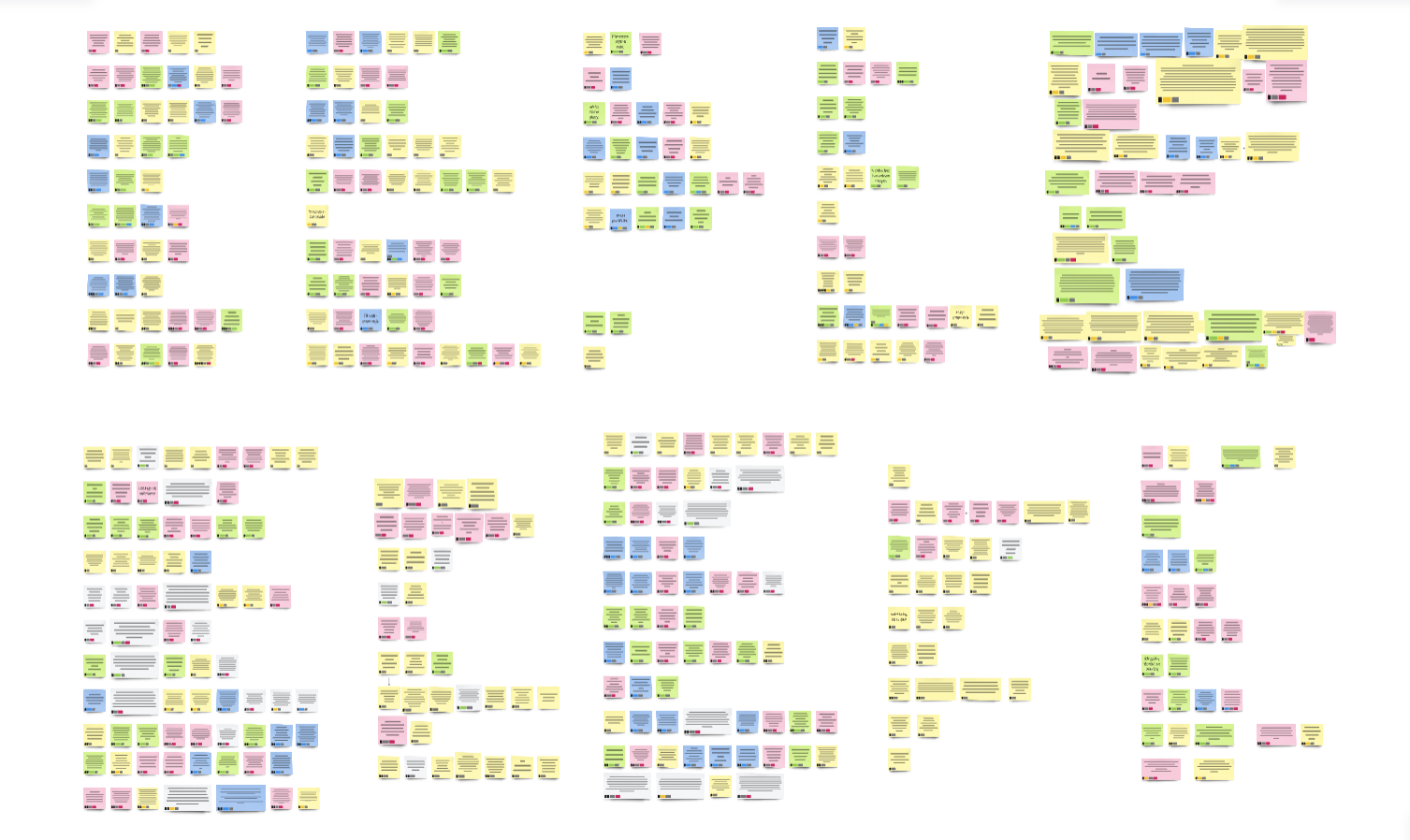
We carefully analyzed each cluster and used a rainbow analysis method to gather characteristic statements. We counted the number of interviewees who fit into each statement and identified the most common patterns of our sample group. Based on this, we defined our conclusions and recommendations.
In order to present our findings in a logical and concise manner, I would like to guide you through them in 4 parts, where each number corresponds to the central topic of our research objectives.
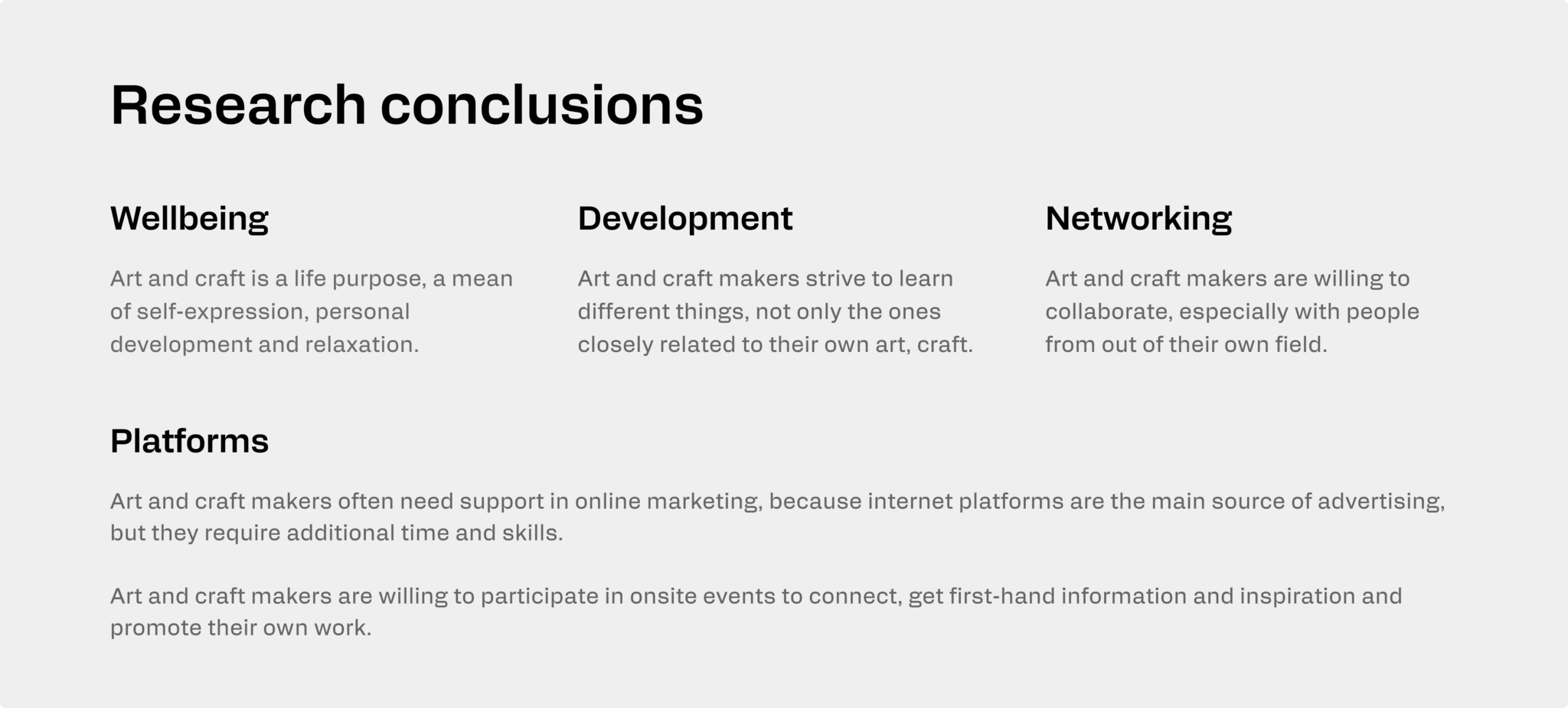
Personas
Based on our research, we created two personas. The main features that distinguish them are the financial benefits.
The first persona represents people who consider art and craft as their hobby and they do not benefit financially from it. Some individuals aspire to transform their hobby into a business someday, enabling them to earn an income from it.

Helen
The Aspiring Artisan
A passionate craft-maker seeking growth and connection—Helen values relaxation through creativity and dreams of turning her hobby into a business while finding a supportive community of like-minded individuals.
"Creativity is my escape from everyday stress and a way to find peace."
JOBS-TO-BE-DONE
When I, Helen, pick up my knitting needles after a long day, I want to access affordable, high-quality resources and connect with experienced artisans, so I can improve my skills, feel less isolated, and progress toward turning my passion into a profession.
The second persona represents people whose art and craft are main or side job. They struggle with slightly different problems related to the administrative part and the promotion and acquisition of new customers.

Wojciech
The Overwhelmed Creator
A skilled sculptor seeking balance and growth—Wojciech is passionate about his craft but feels overwhelmed by the demands of both creating and promoting his work. He dreams of spending more time on the creative process while finding support to grow his business sustainably.
"Creating something with my own hands gives me incredible satisfaction and a sense of life."
JOBS-TO-BE-DONE
When I, Wojciech, am working on a sculpture, I want tools and resources that simplify promotion and sales, so I can focus on my creativity, reach more clients who value my craft, and secure a stable income.
Define stage
Understanding needs, likes and dislikes of an extremely wide and not-as-homogenous-as-one-may-think group was, well, quite a task.
The research phase revealed several valuable insights and highlighted four key pain points. We transformed these into needs, which became the four foundational pillars of our solution.
01 NEED
successfully promote own work because of dissatisfaction of currently used platforms.
02 NEED
connect with people interested in arts & crafts and build a network.
03 NEED
find information about arts & crafts topics.
04 NEED
participate in arts & crafts events and initiatives.
Value proposition canvas
Craft makers aim to successfully promote their work, connect with others, build a community, and share or find information on arts and crafts. Our primary goal was to help them promote their work, while also supporting their other goals.
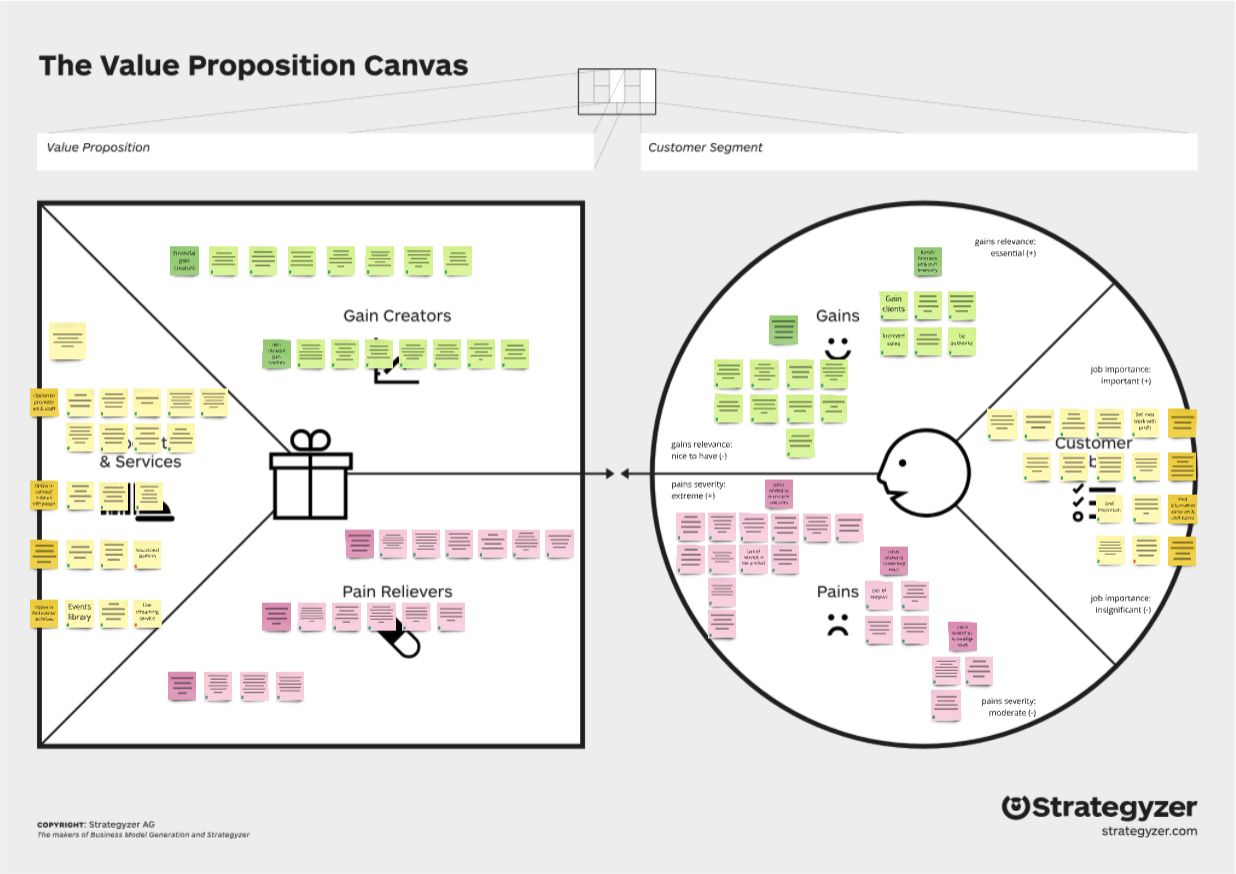
Customer journey maps
We help hobbyist craft makers develop new skills, connect with a broader community, and transform their hobby into a business. We also assist professional craft makers in growing their ventures, attracting more customers, and increasing sales as well as enabling them to focus more on the creative process.
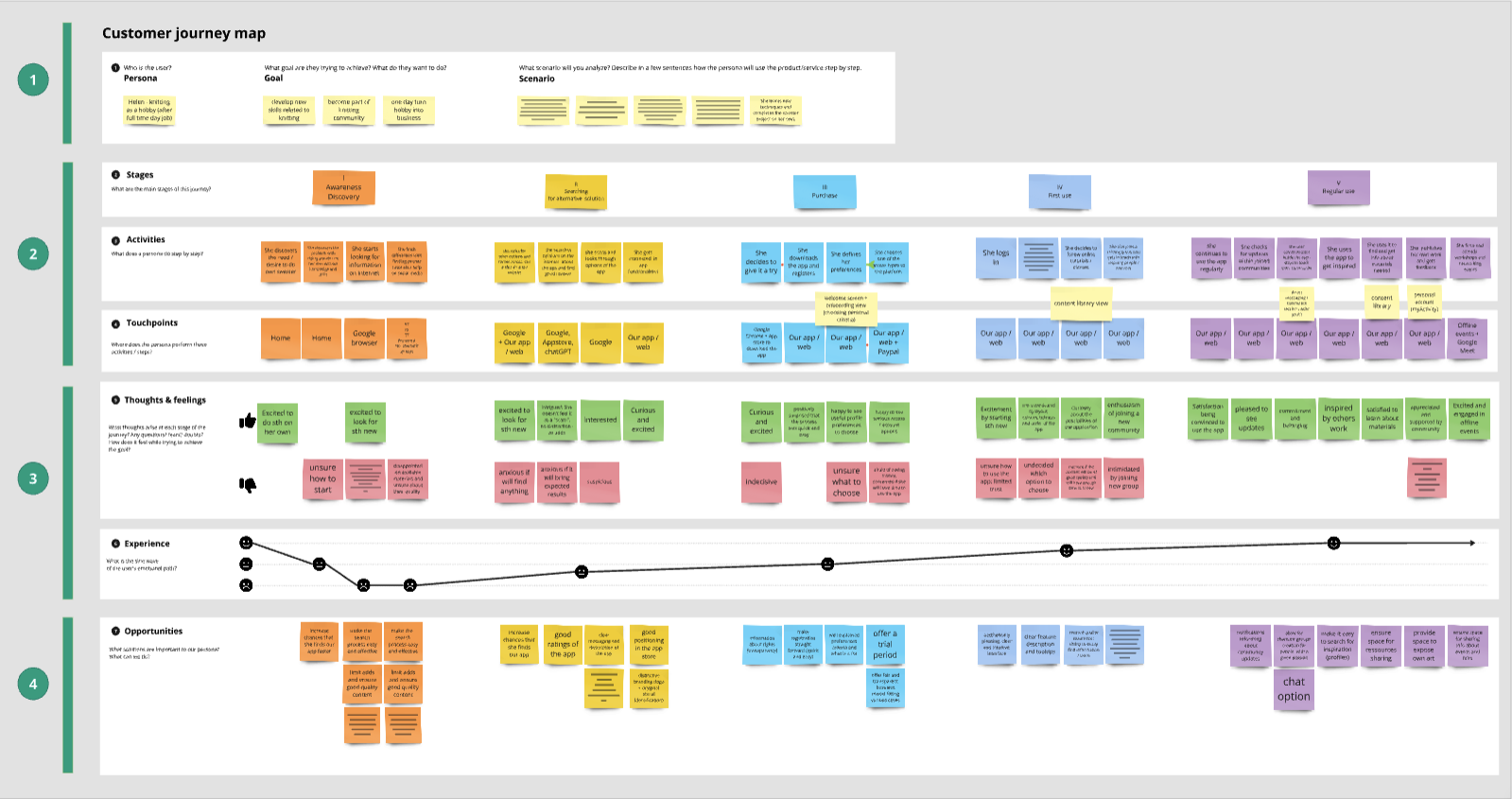
Practical solutions
Alright, but what’s the core idea? How will the app actually function?
Let’s tackle this step by step. After extensive discussions about how overly broad our solution was, we decided to refine and focus it. We narrowed its scope and anchored it in practical reality.
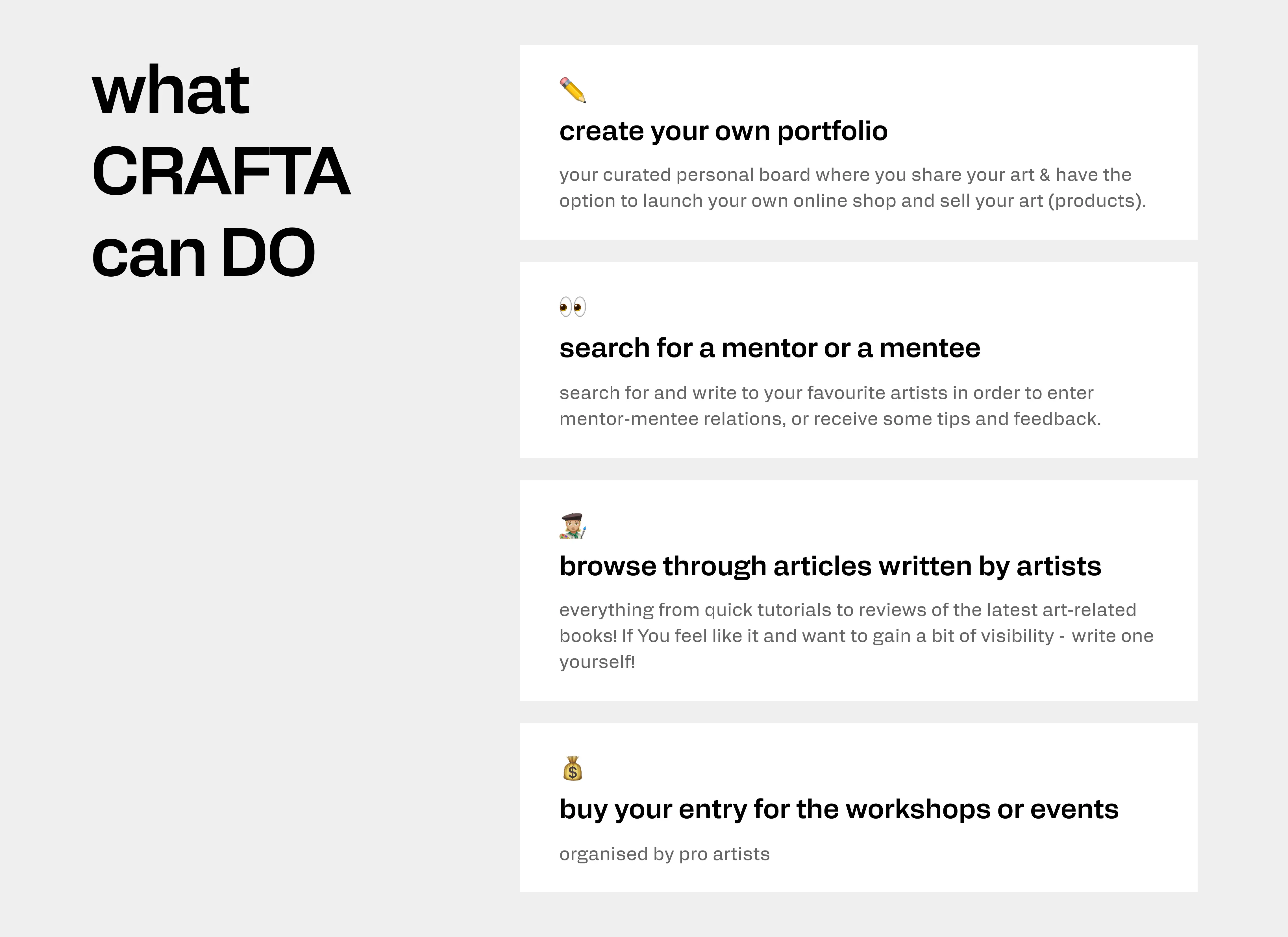
Model stage
We have abandoned the idea of the Community Hub - the internet forums seem to be long dead and the discussions (even highly specialized) are moving to Reddit threads.
We have also greatly reduced the Event section. Event organization is an extremely broad functionality and can be covered more effectively and comprehensively by a separate platform, dedicated solely to events.
That being said, let me guide you through some of the main views of our product functionalities that I designed.
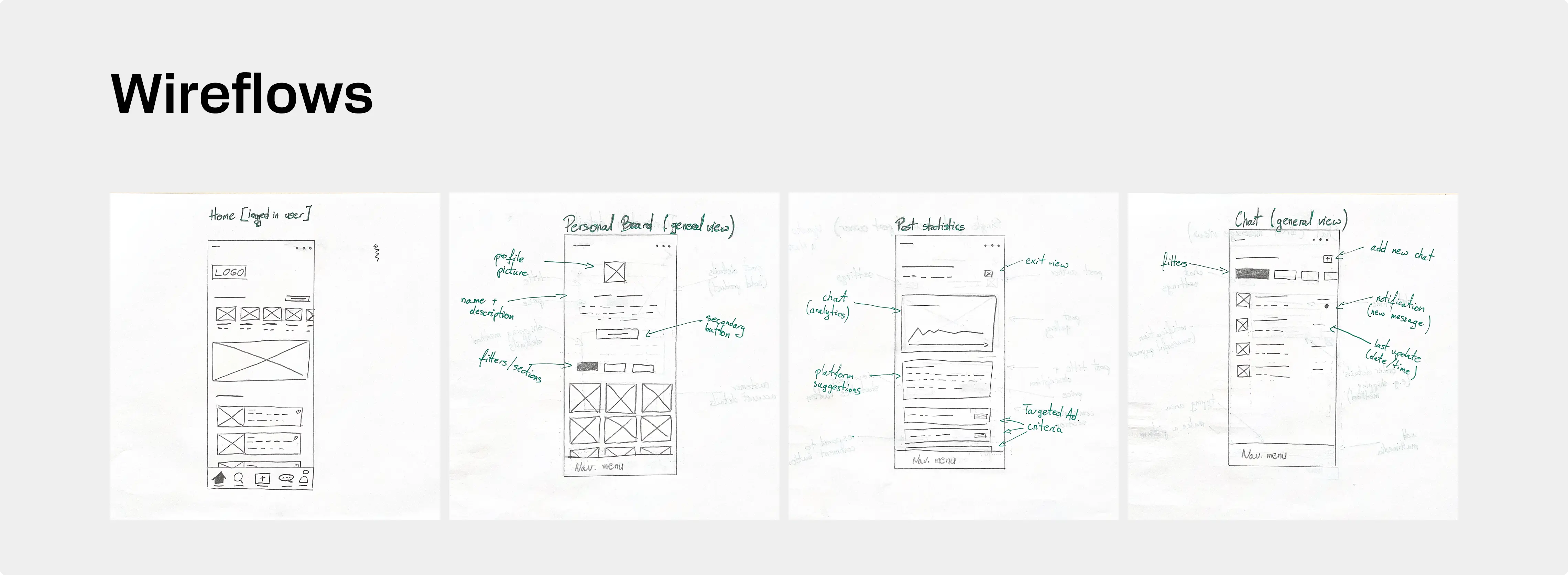
All detailed scenarios, wireflows and wireframes sketches that have been created on Model step You can find here.
Prototype stage
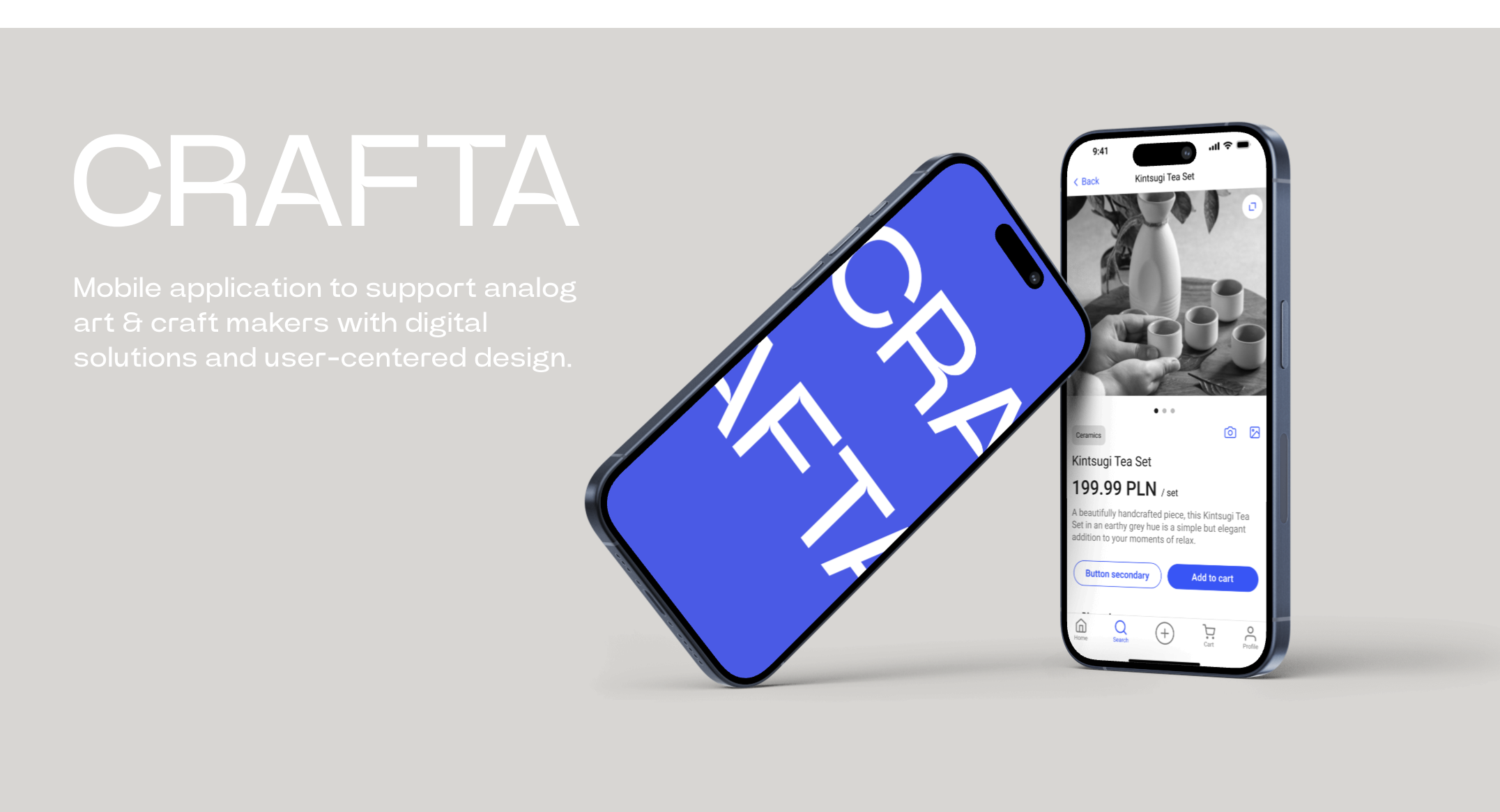
Check out Figma prototype >
Testing stage
The moment I had been anticipating the most, showing our app to the actual and unbiased users – artists and craftsmen of all types, both professional and amateur. It pushed us out of our student comfort zone and made us view our project in a new, more critical light.
We used an online survey to recruit 20 testers, striving to reflect the previously-mentioned target group. In order to make the most out of our testing sessions, we prepared two different testing paths corresponding to the two different segments - hobbyist and professionals.
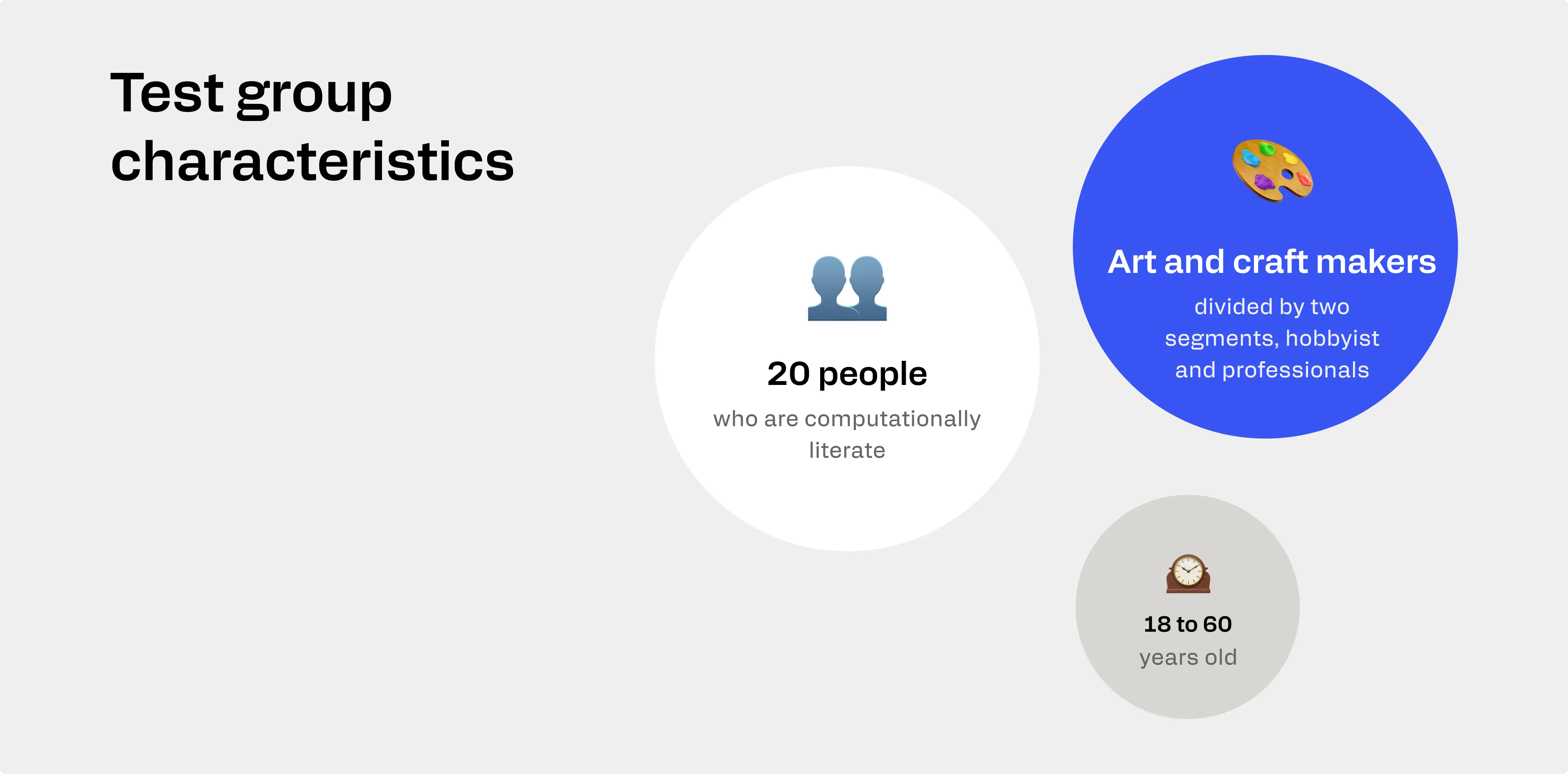
When analyzing the results, we grouped and counted every usability notion that was pointed out, attributing a category to each of them. We then extracted the issues and sub-divided them according to the error rating scale that you can see below.
The results were stunning! Despite only one major and few minor issues, mostly connected with UX writing, we received a lot of positive feedback. Almost all of our testers after their sessions kept asking “ok guys, but when will the app be 100% ready?”
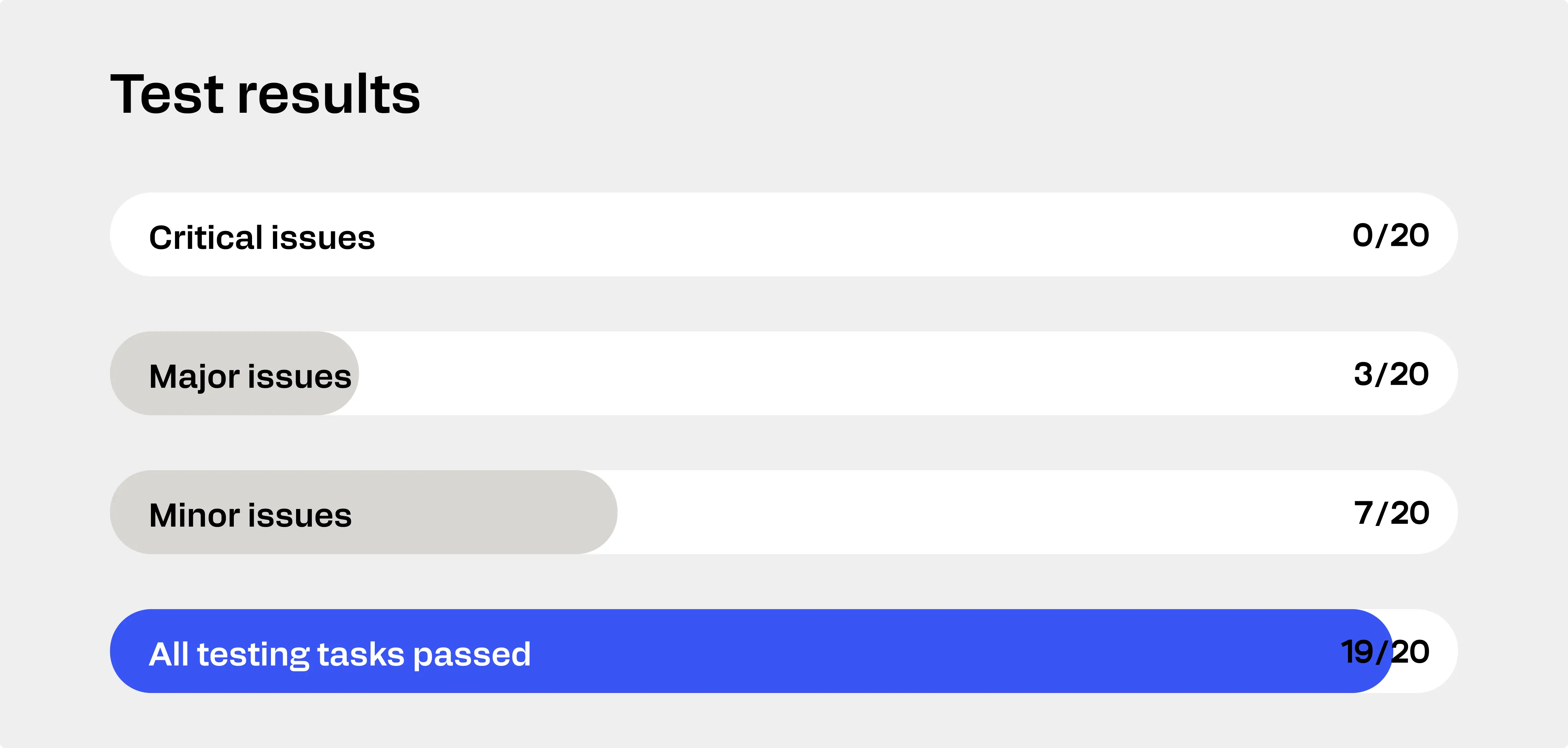
We were really happy (and relieved) mostly because assumptions we made at the beginning of our studies turned out to be vastly correct. Yes, we had to re-evaluate some ideas, narrow down our scope and ground the project to the harsh reality, but we were never forced to fully abandon our vision of CRAFTA. The final SUS* score we received was 87/100 and we deem this score satisfying.
*SUS - System Usability Scale
🌈 Impact
As I mentioned before this case study is about creating a prototype application during Product Design studies, therefore it’s hard to showcase the real impact.
As you can see below, the market potential is immense, and the test results were more than satisfactory. That’s why I believe creating an impact with the final solution would be simply a matter of time.
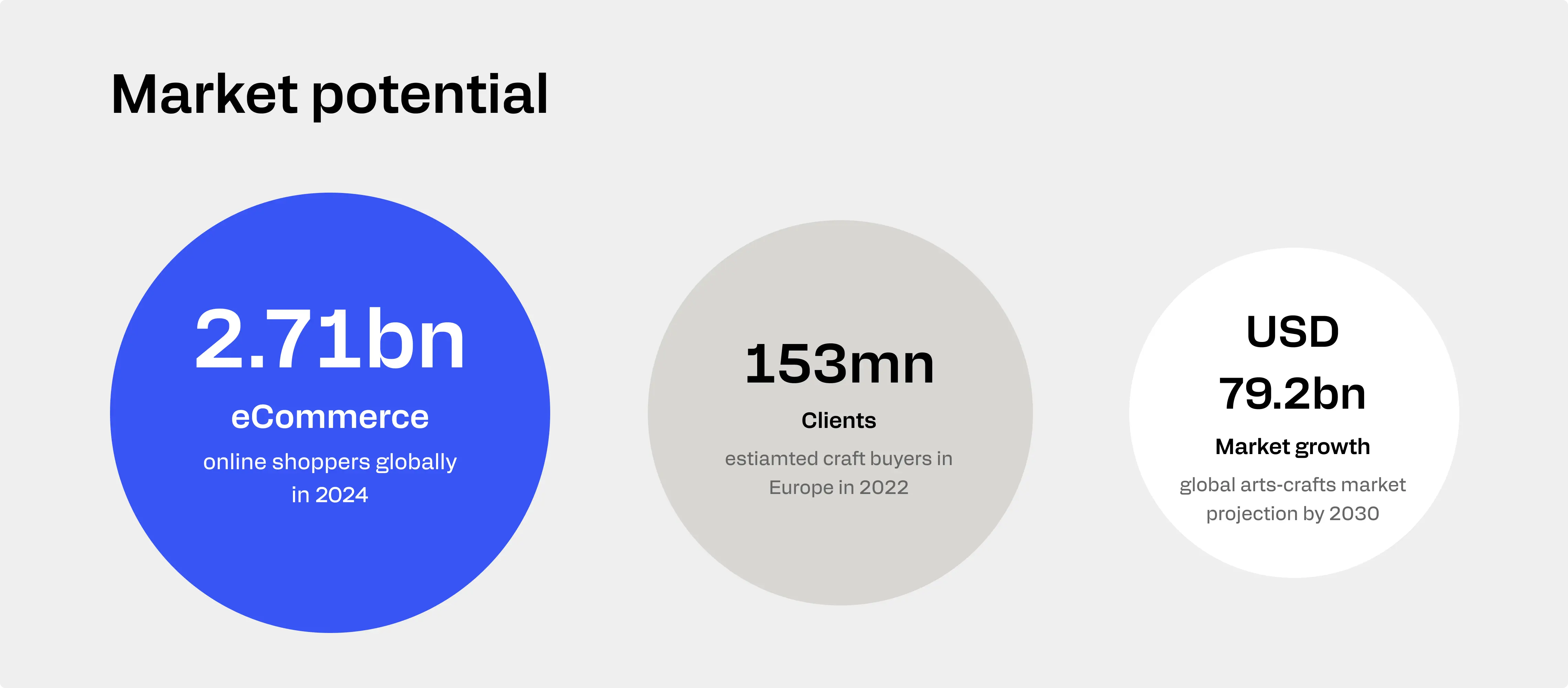
Unique selling point
I believe that Crafta could be meeting the needs of the users, like no other app. And it is not because there are no similar apps on the market, but because Crafta combines what is most important to the target group in a convenient way.
♟️ Future steps
We all know what happens with projects like these after graduation. In my opinion this app has tremendous potential. If it were up to me, the next step I would take to push this idea even further would be to try to seek investors and hire a development team. After that I would constantly provide new functionalities such as:
- product originality and quality verification
- brand review
- event management
- or external announcement base as potential revenue stream
I truly enjoyed the process of creating the CRAFTA app from the very beginning and I’m really grateful to you, for reading this case study through. Hope You enjoyed it 🙃

